IVR technology is transforming customer service, providing 24/7 automated support and enhancing customer engagement. From basic call routing to AI-powered conversations, modern IVR solutions streamline interactions and improve customer satisfaction across various industries. In this comprehensive guide, we venture into the heart of IVR, shedding light on its multifaceted nature, the hurdles it faces, and the promising future sculpted by emerging technologies. Dive into our comprehensive guide as we unravel the world of IVR technology, offering insights into its evolution, the challenges it faces, and the promising future it holds in enhancing business communication and customer engagement.
Introduction to IVR
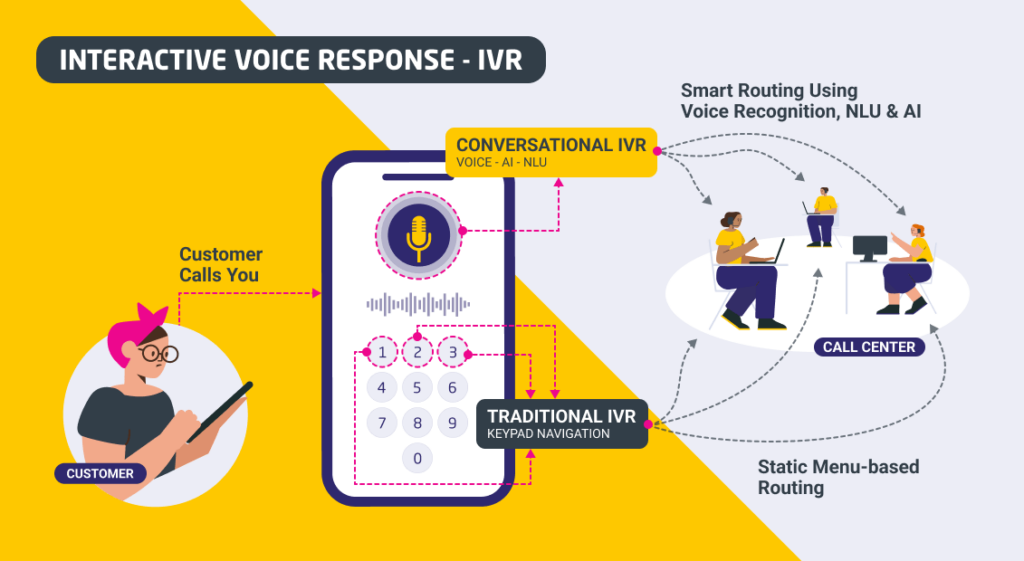
At the forefront of this change is the IVR technology, a system that has evolved to offer sophisticated solutions that cater to diverse business needs.
This comprehensive guide delves deep into the world of IVR solutions, exploring its various facets, challenges, and the future shaped by emerging technologies and the transformative power of such solutions.
What is IVR?
Interactive Voice Response (IVR) technology connects businesses and customers seamlessly. As customers expect immediate responses, IVR provides a fast, reliable solution for streamlined interactions and improved engagement. IVR can also be built in the cloud, you can find more information on that here, IVR Cloud.
Explore the evolution of IVR technology, from early telephony to AI-driven IVR systems, and discover how businesses can maximize its benefits.
But why is IVR so significant in modern customer service?
Key Benefits of IVR Technology:
- 24/7 Availability: Provides round-the-clock support.
- Cost Efficiency: Reduces operational costs by handling repetitive queries.
- Personalized Interactions: Uses data to deliver customized responses to customers. From tools like Teneo Adaptive Answers.
In this field of the world, IVR technology is a pivotal tool in business communication, ensuring streamlined interactions and an enhanced user experience. The essence of Interactive Voice Response lies in its ability to guide users via touch-tone keypad selection or voice commands. This not only reduces the need for human intervention but also ensures that customers get quick, consistent, and accurate responses.
Dive deeper with ContactBabel´s comprehensive guide to know more about how IVR can benefit your business.
The Evolution of IVR: From Telephony to Conversational AI
Early telephony systems were limited in their capabilities, often restricted to basic functions and plagued with connectivity issues. Explore the rich history and rapid advancements of IVR technology, from its rudimentary beginnings to today’s sophisticated conversational IVR platforms.
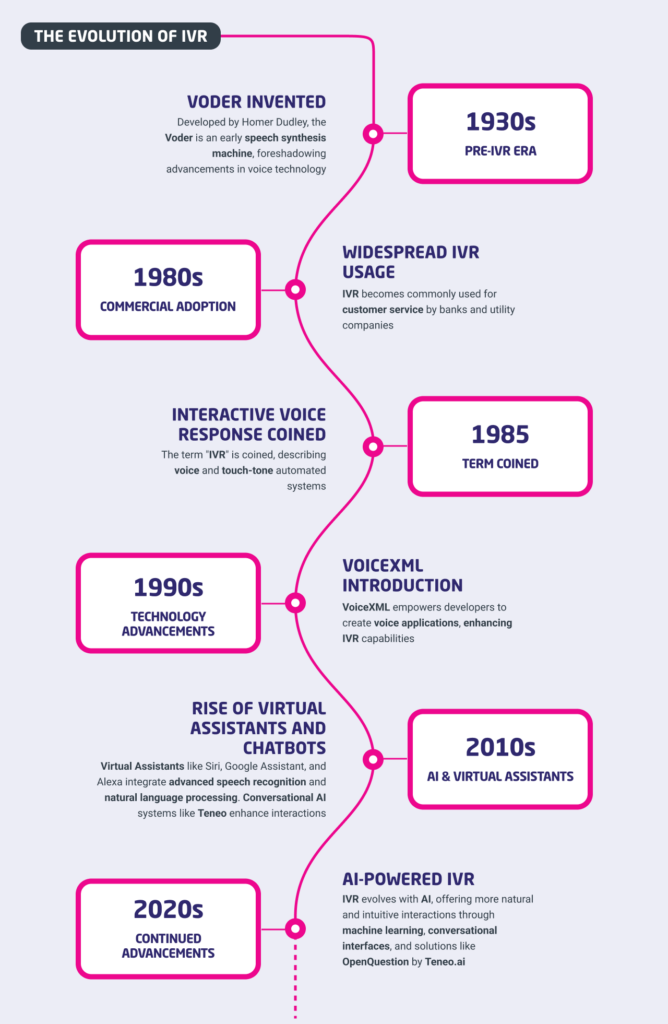
Today’s conversational IVR platforms offer personalized, intuitive interactions. With advanced features like Natural Language Processing (NLP) and AI, IVR technology can understand and respond to user needs in real-time.
These systems are equipped with advanced features like Natural Language Processing (NLP) and Artificial Intelligence (AI), fostering stronger customer engagement by understanding and responding to user queries in real-time.
This transformation hasn’t just enhanced user experience; it has redefined it. Conversational IVR platforms bridge the gap between businesses and their customers, ensuring seamless communication and fostering stronger relationships.
How NLU Advances IVR Technology
There are several IVR benefits with Natural Language Understanding (NLU), IVR technology has evolved into intelligent, conversational systems:
- Understands natural speech instead of rigid menus.
- Engages users with personalized interactions.
- Enhances efficiency with AI-powered automation
At its core, NLU deciphers human language, discerning intent from a myriad of phrases and sentences. This means that whether a customer says, “I want to check my account balance” or asks, “How much money do I have?”, the IVR system understands and responds appropriately.
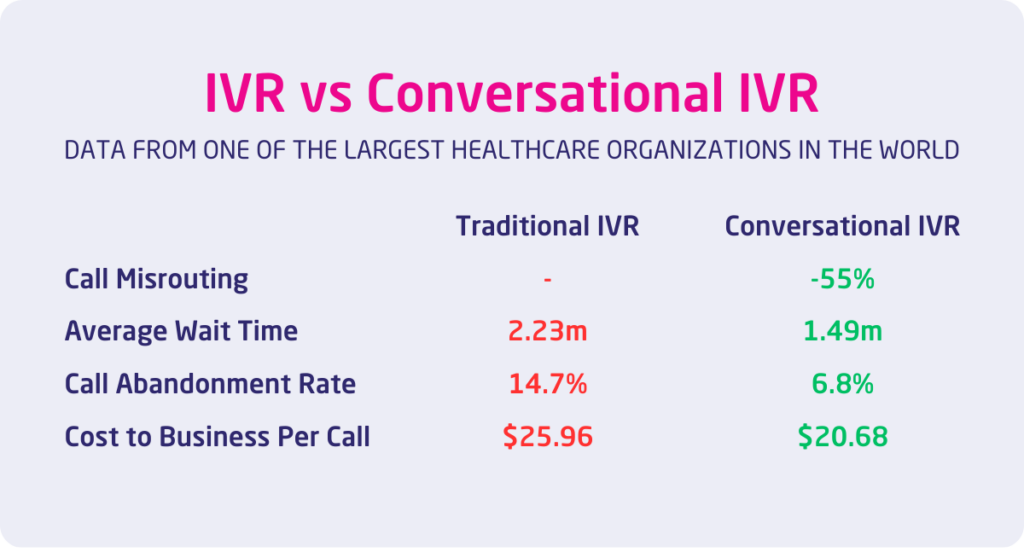
The true magic of NLU lies in its ability to learn and adapt from training data. As more people interact with the Interactive Voice Response, the system can become better at predicting and addressing user needs, leading to faster resolutions and happier customers. Read more about Natural Language Understanding in routing calls.
Experience the power of NLU in Interactive Voice Response by reading how an improved Voice Experience (VX) can save 8% of Contact Center costs.
Voice Interactive IVR: The Future of Customer Engagement
The future of customer engagement is voice interactive, a realm where technology advances to create immersive, interactive experiences, anticipating needs and delivering proactive solutions. Voice Interactive Systems, such as Amazon Connect, Genesys Cloud CX, Google Cloud, and Microsoft can all be transformed with intelligent voice solutions.
When connected to a plug-in like Teneo Conversational IVR, these systems are not just about understanding voice commands; they’re about creating immersive, interactive experiences. Imagine a system that not only recognizes a returning customer but also recalls their past preferences, offering personalized solutions even before they ask.
The rise of Voice Interactive Systems signifies a shift in customer service paradigms. It’s not just about addressing queries; it’s about anticipating needs and delivering proactive solutions. As businesses adapt to this new era, those that harness the power of voice will undoubtedly stand out.
Explore more about Customer Experience KPIs, and discover how AI-driven IVR systems are transforming support centers in our case studies.
How has voice recognition advanced beyond simple commands in IVR systems?
Discover the next generation of IVR technology in voice recognition, evolving to detect nuances, accents, and even emotions, making interactions more human-like than ever before.
Voice Recognition, or Speech Recognition IVR, has evolved beyond just understanding simple commands, making interactions more human-like than ever before. Today’s systems are sophisticated enough to detect nuances, accents, and even emotions, making interactions more human-like than ever before.
This advancement plays a pivotal role in Interactive Voice Response, especially in intent recognition. Instead of navigating through lengthy menus, users can simply state their needs, and the system uses intent recognition to provide instant solutions.
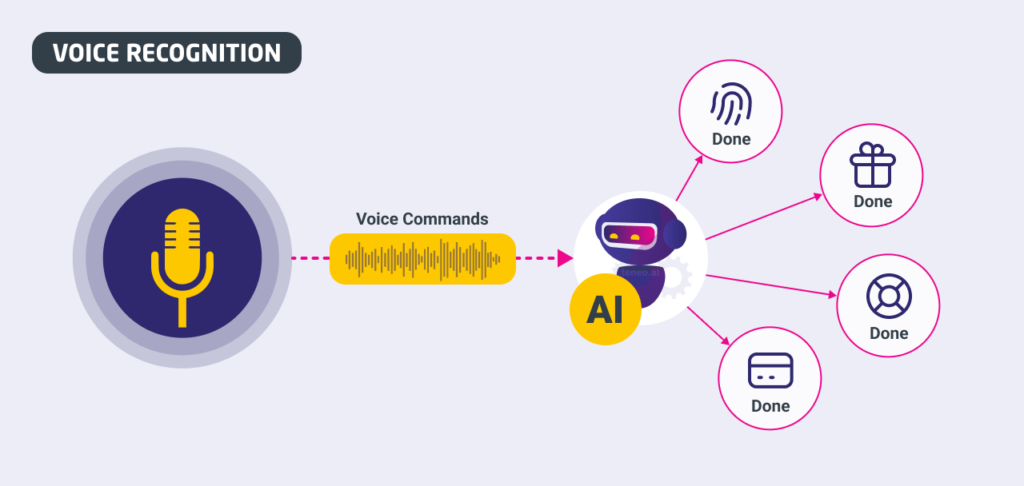
But it’s not just about efficiency; it’s about creating trust. When customers feel understood, they’re more likely to engage positively with a brand. As voice recognition technology continues to advance, it promises a future where every voice is not just heard, but truly understood.
Discover the next generation of voice recognition in IVR. Read more in The 2023 Contact Center Report produced by ContactBabel.
What makes conversational IVR a tool for customer engagement?
Conversational IVR, is redefining customer engagement, making interactions feel more natural and personalized, and standing as a beacon of innovation in the business landscape.
Unlike traditional systems that rely on preset menus and options, conversational IVRs engage users in dynamic dialogues, making IVR interactions feel more natural and personalized.
Powered by Artificial Intelligence, these systems can understand context, recall past interactions, and even predict user needs. So, it should be no surprise why so many eCommerce businesses leverage IVR technology as part of AI solutions for eCommerce, recognizing its ability to streamline processes and elevate customer satisfaction.
The result? Faster resolutions, reduced call times, and a significant boost in customer satisfaction.
In a world where customer experience is paramount, Conversational IVR stands as a beacon of innovation, offering businesses a competitive edge and ensuring that customers always leave the conversation feeling valued and understood.
What are the common challenges faced in IVR systems and how can they be addressed?
Despite the hurdles, modern IVR solutions, powered by advanced voice recognition, are bridging gaps and transforming challenges into opportunities.
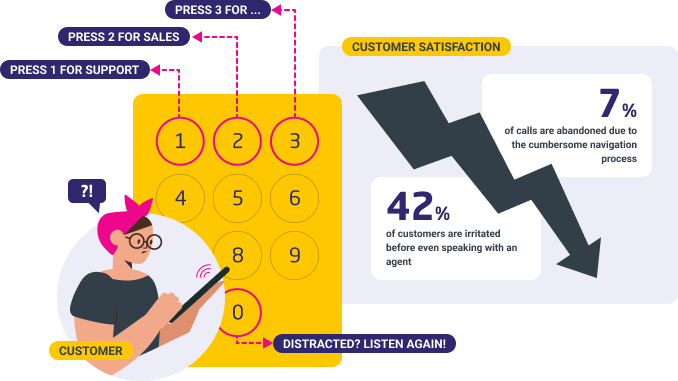
Every service provider faces challenges, and Interactive Voice Response Technology is no exception. From misrecognizing voice commands to long wait times, there are hurdles to overcome. Interactive Voice Response systems can sometimes frustrate users. However, with the right strategies, these challenges can be transformed into opportunities.
One of the most frequent issues is system complexity. A convoluted menu can deter users, but with intuitive design and voice, it becomes a breeze. Another challenge is the system’s inability to understand diverse accents. Modern IVR solutions, powered by advanced voice recognition, are bridging this gap, ensuring every voice is heard and understood.
How can menu navigation in IVR be crafted for a user-friendly experience?
The heart of any IVR system is its menu, a critical component in business communication that dictates the call flow and ensures users find what they’re looking for swiftly.
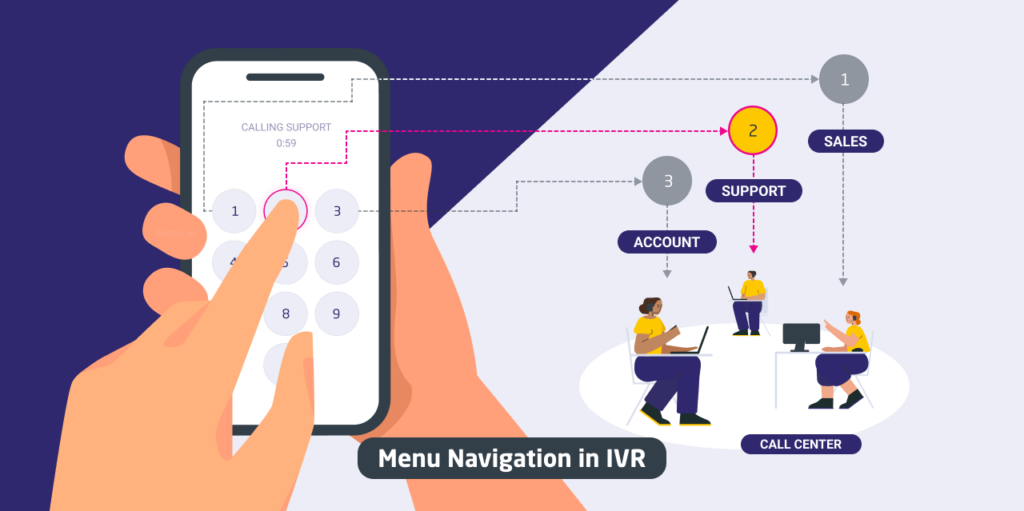
Contact Centers have long sought refuge in traditional Interactive Voice Response software, only to experience misrouted calls and it costs businesses a staggering billion-plus USD annually, according to the 2023 Contact Center Automation Report by ContactBabel.
How does IVR facilitate personalized service to meet individual customer needs?
In today’s digital age, customer engagement is enhanced by IVR systems that tailor interactions based on user history and preferences, offering a unique touch in an automated world.
IVR systems that tailor interactions based on user history and preferences stand out, offering a unique touch in an automated world.
Automated systems that deliver personalized experiences make users feel valued. Whether it’s greeting a caller by name or recalling their last transaction, these small touches can significantly elevate the user experience, leading to increased loyalty and trust.
How can one navigate through voice recognition software errors in IVR systems?
Voice recognition is a groundbreaking IVR technology, but it’s not flawless. Learn how modern IVR systems are minimizing errors and ensuring smooth and accurate interactions.
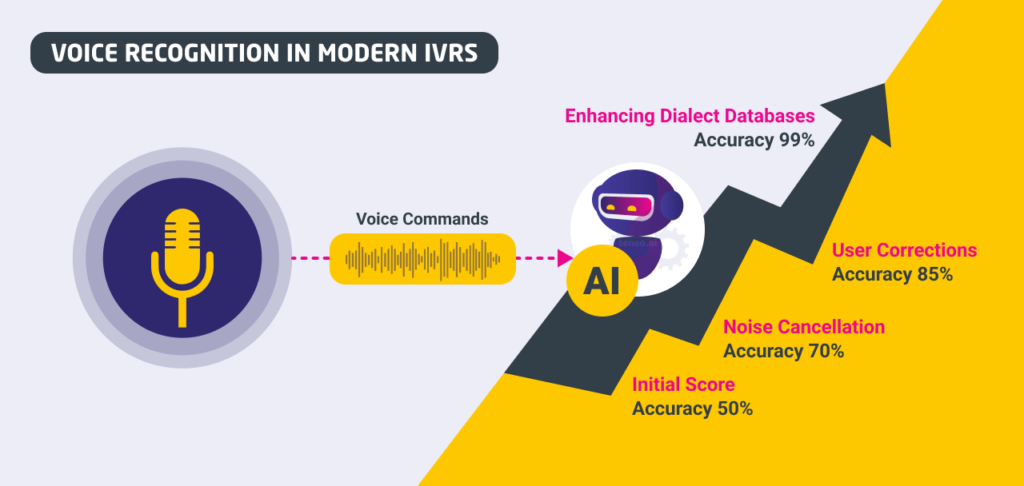
From background noise interference to dialect variations, several factors can lead to misrecognition in IVRs. However, with continuous advancements, these challenges are becoming surmountable.
By employing noise-cancellation technologies, enhancing dialect databases, and allowing user corrections, modern IVR systems are minimizing errors, ensuring smooth and accurate interactions.
What are the best practices for elevating the caller experience in IVR customer service?
Adhering to best practices in business communication can ensure that IVR systems consistently deliver top-notch service, meeting and exceeding user expectations.
Superior customer service hinges on a few best practices: clear communication, swift problem resolution, and continuous feedback incorporation. By adhering to these principles, businesses must prioritize these best practices, refining their call centers to meet and exceed user expectations.
How can businesses opt for cost-effective IVR solutions?
In the competitive landscape of Interactive Voice Response, finding cost-effective IVR solutions that offer a plethora of features without breaking the bank is crucial.
Modern, cost effective IVR systems ensures businesses get maximum value for their investment.
From scalable cloud-based solutions to pay-as-you-go models, there are numerous options for businesses of all sizes. By choosing the right solution, businesses can enjoy superior features while staying within budget.
What role does IVR play in modern call centers?
IVR is revolutionizing business communication in modern call centers, enhancing efficiency and customer satisfaction through automation and 24/7 support. By automating routine inquiries, efficiently managing inbound calls, and offering 24/7 support, Interactive Voice Response systems are revolutionizing the way call centers operate.

With reduced wait times, increased agent productivity, and enhanced customer satisfaction, Interactive Voice Response is proving to be an indispensable asset for modern call centers aiming for excellence.
How can business phone systems be optimized with IVR?
By integrating advanced IVR technology, businesses can optimize communication, streamline operations, and enhance customer interactions.
From personalized greetings to intelligent call routing, Interactive Voice Response brings a host of benefits to business phone systems, ensuring every call is handled with precision and professionalism.
How is smart IVR revolutionizing customer interactions?
Experience the future with smart IVR solutions that can predict user needs, offer personalized solutions, and learn from every interaction.
With the integration of AI and machine learning, these systems are becoming more intelligent, adaptive, and user-centric.
Smart IVR systems can predict user needs, offer personalized solutions, and learn from every interaction. This not only enhances the user experience but also reduces call durations and improves overall efficiency.
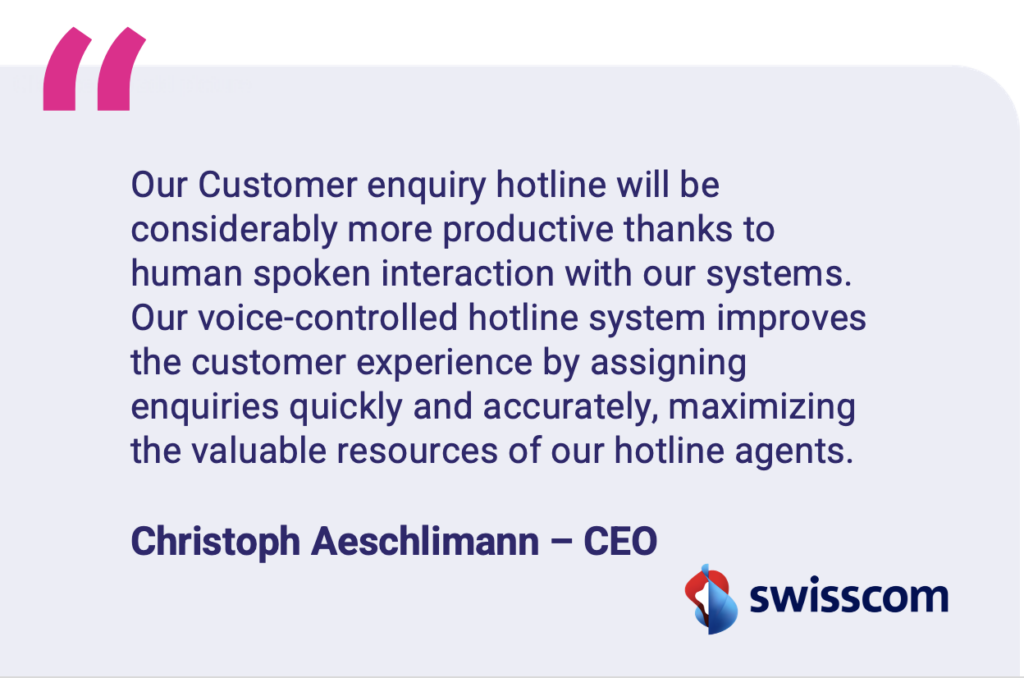
How does passive voice biometrics enhance IVR security?
Passive voice biometrics offers an added layer of security to IVR technology, verifying callers based on their unique voice patterns and enhancing customer trust.
This technology ensures that sensitive information is only accessed by authorized individuals, reducing the risk of fraud and enhancing customer trust. It’s a seamless process that adds security without compromising user experience.



